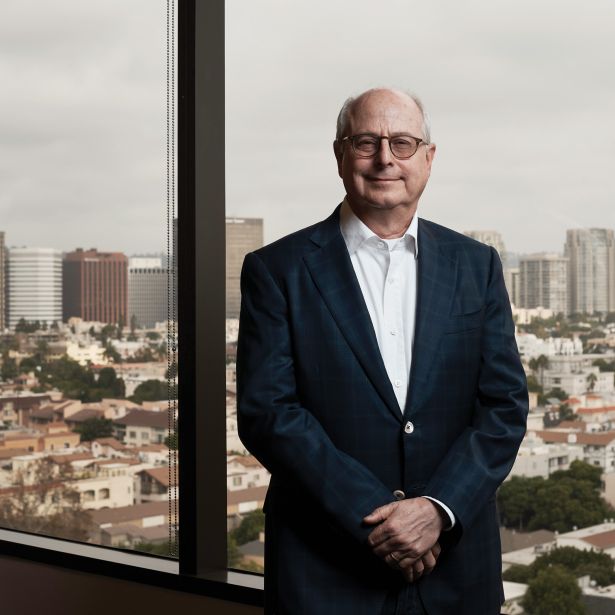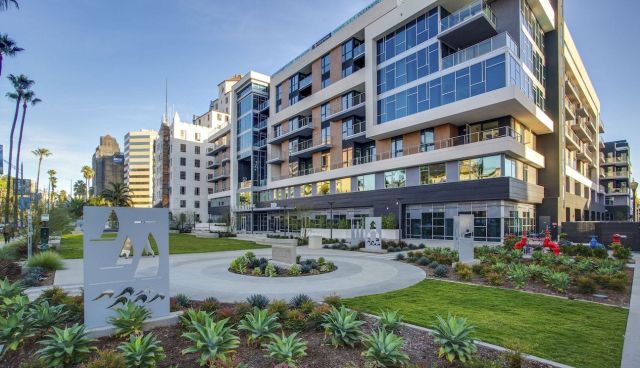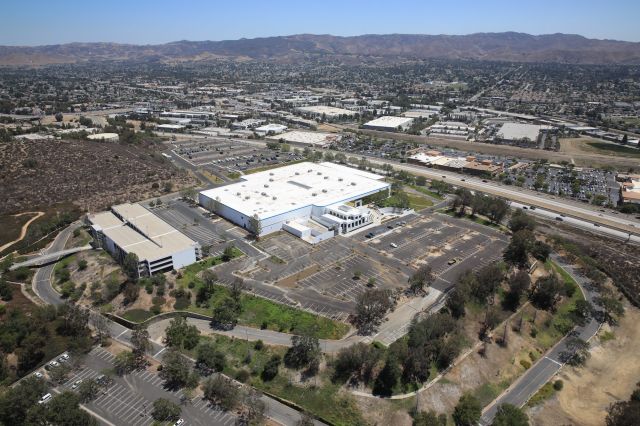
Michael Hackman.
Michael Hackman
Founder and CEO at Hackman Capital Partners

The Southern California entertainment industry is still stuck in a tailspin in the wake of the Hollywood strikes last year, but you wouldn’t know it just by looking at Hackman Capital Partners.
The Culver City-based firm, led by Michael Hackman, is the world’s largest independent production studio owner, with 21 studios and 135 soundstages under its wing, and more than 60 of both in development. Not too shabby for a company that started investing in studio space only a little over 10 years ago.
Through its subsidiary MBS Group, HCP also provides production services to not only its own properties, but also to hundreds of other soundstages and studios around the world, supporting more than 1,000 productions annually.
To that end, HCP is a firm that regularly deals in nine and 10 figures. Take for example the $1 billion-plus redevelopment projects of Studio City’s Radford Studio Center and Fairfax’s Television City complex, which HCP aims to renovate and expand up to 2.2 million and up to nearly 1.7 million square feet, respectively. The long-gestating Television City project in particular is closer than ever to reality, having recently received approval from L.A.’s City Planning Commission. A final City Council vote on the project is expected by the end of the year.
But studios and soundstages are just one section of HCP’s $10 billion portfolio. The firm owns a collection of industrial/flex and mixed-use properties nationwide, but is particularly interested in high-quality creative office space, such as the 115,000-square-foot Culver Steps campus in Culver City and the 550,000-square-foot 888 Douglas complex in El Segundo. There’s also the 26-building, 800,000-square-foot Conjunctive Points portfolio HCP now manages on behalf of owner Samitaur Constructs in Culver City.
“Being a long-term owner means that you go through down cycles — it’s part of the deal with the real estate business,” Hackman said. “For what it’s worth, I have been through at least six downturns, some of which were very challenging. We have been successful in both up and down cycles. … While each down cycle happens for a different reason, there is one very common shared characteristic: Once you get through the proverbial storm, quality assets are always the first to recover.”




